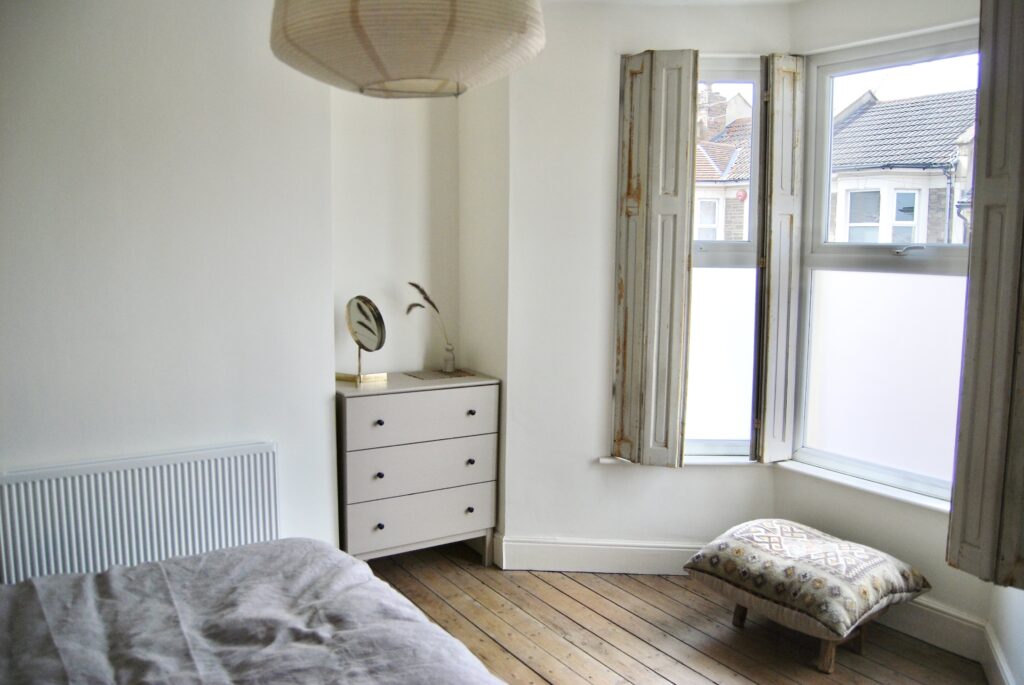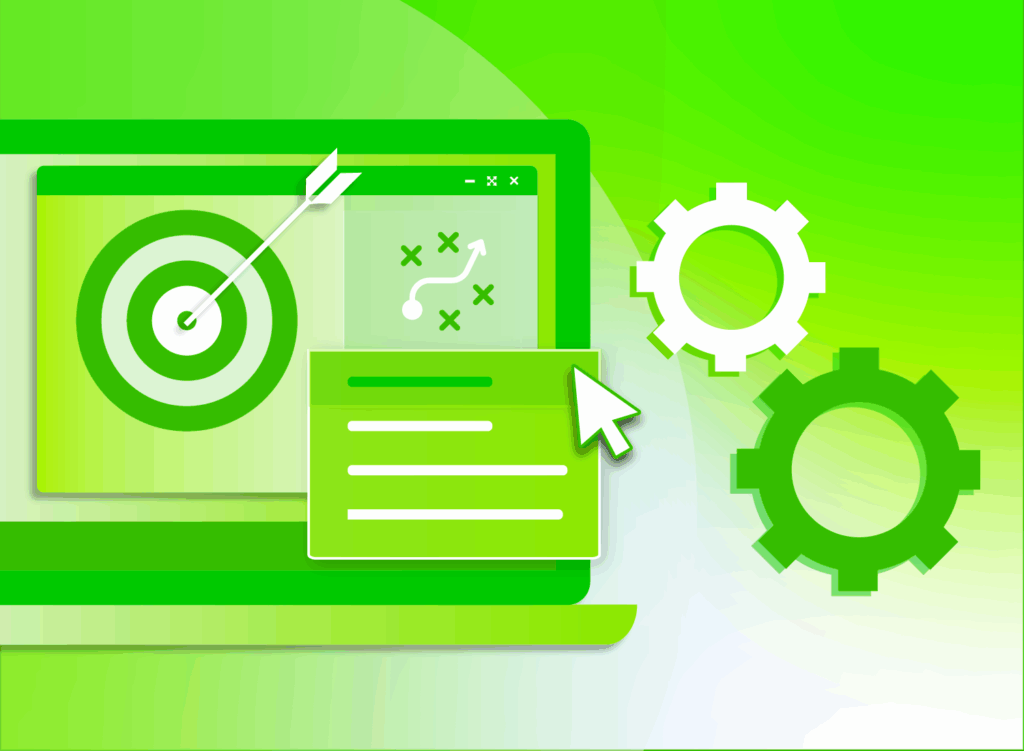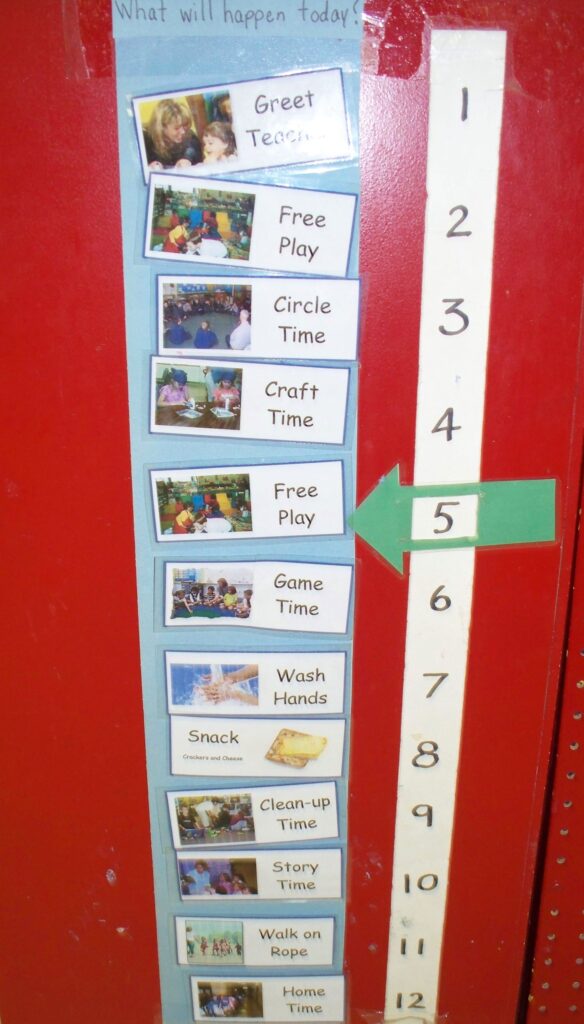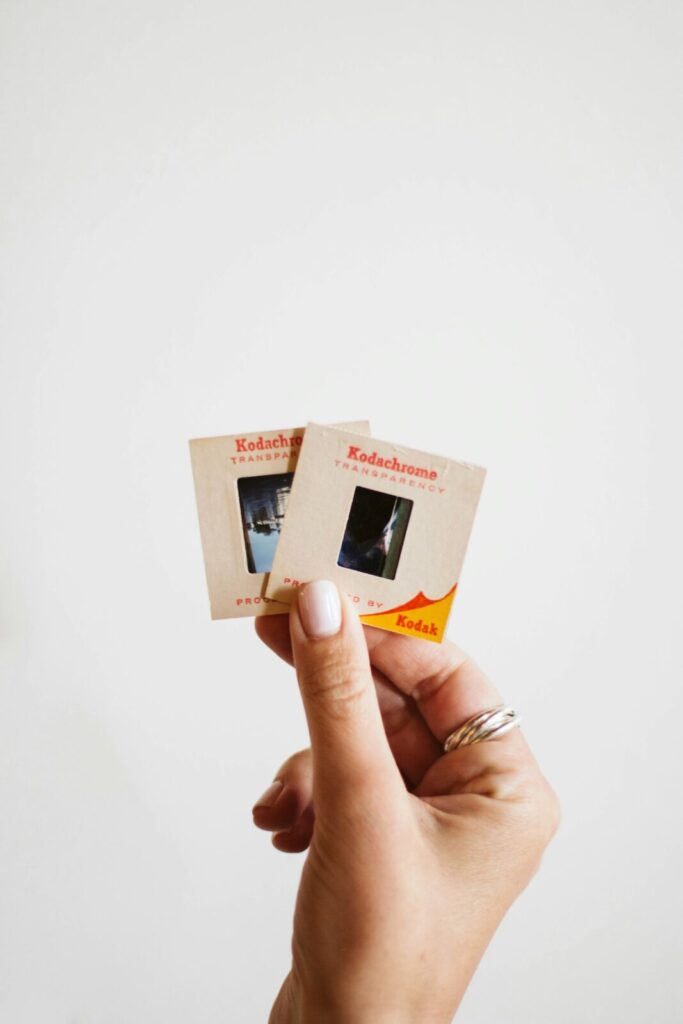Understanding the Need for a Clear Living Space
In today’s fast-paced world, a cluttered home can lead to increased stress and decreased productivity. Many Americans find themselves overwhelmed by possessions that do little to enhance their lives. The time has come to eliminate the chaos and embrace simplicity.
Why pursue a clutter-free home? Consider these key benefits:
- Enhanced mental clarity: A clean space fosters focus and creativity. Research from the Princeton University Neuroscience Institute indicates that clutter can significantly impede your ability to concentrate. By reducing distractions, you can unlock your full cognitive potential and even spark innovative ideas.
- Improved efficiency: Finding items becomes easier when they have designated homes. When every item is in its place, daily tasks like preparing dinner or getting ready for work become streamlined processes rather than frustrating hunts for misplaced objects. According to a study by the National Association of Professional Organizers, adults spend over an hour each day looking for misplaced items.
- Increased relaxation: A serene environment promotes peace and reduces anxiety. In fact, a clutter-free home can mirror a clutter-free mind. Studies show that individuals in orderly surroundings report lower stress levels and higher instances of overall well-being compared to those in disorganized spaces.
By adopting a clutter-free lifestyle, you pave the way for a more fulfilling and organized existence. Simplifying your space is not merely about getting rid of items; it’s about creating an environment that enhances your quality of life. This guide aims to equip you with practical strategies to simplify your space and reclaim your home from overwhelming distractions.
Practical Strategies for Decluttering
From decluttering techniques to organizing systems, there are various methods that can make a significant impact. One effective strategy is the one-in-one-out rule; for every new item you bring into your home, consider removing one that you no longer need. Additionally, a popular approach is the KonMari Method, introduced by Marie Kondo, which encourages you to keep only those items that “spark joy.” This method not only reduces clutter but also promotes a more thoughtful approach to possessions.
Explore various organizational tools, such as storage bins, drawer dividers, and labeling systems, that resonate with you. They can help you keep items grouped together, making it easier to find what you need in an instant. As you embark on this journey, remember that transforming your home into a sanctuary where every item has a purpose is just the beginning; you are also fostering a more peaceful state of mind.
By taking small, manageable steps, you can completely reshape your environment. The journey to a clutter-free home may require effort and commitment, but the benefits of a serene, organized space will be well worth it. So, roll up your sleeves and get ready to transform your living space into a haven of simplicity and style.
SEE ALSO: Click here to read another article
Decluttering Your Home: Where to Begin
Embarking on the journey to a clutter-free home can feel overwhelming, especially with the sheer volume of belongings most families accumulate over the years. However, tackling the clutter is crucial for creating a harmonious living environment. Understanding where to start is the first step toward simplification.
To initiate your decluttering process, consider dividing your home into manageable zones. Focus on one area at a time, whether it’s a cluttered kitchen counter, a bedroom closet bursting at the seams, or a garage filled with forgotten items. This strategy not only makes the task less daunting but allows you to celebrate small victories along the way. Here’s a practical roadmap to guide your decluttering journey:
- Set a Timeline: Allocate specific time blocks for decluttering each zone. This prevents procrastination and provides a structured approach, making it easier to stay motivated.
- Gather Supplies: Equip yourself with bins, bags, and boxes to sort items as you declutter. Label them as ‘keep,’ ‘donate,’ ‘discard,’ or ‘sell’ to streamline the decision-making process.
- Start Small: Begin with an easily manageable area, such as a single drawer or shelf. Completing a small project boosts your morale and reinforces your commitment to decluttering.
- Declutter Regularly: Make decluttering a seasonal habit. Setting aside time every few months to reassess your belongings keeps clutter at bay and maintains an organized space.
- Involve Family Members: Encourage participation from all family members. Establishing a shared vision of a clutter-free home fosters accountability and simplifies the process.
Once you have established a decluttering plan, the next step involves making decisions about each item in your home. It’s essential to adopt an intentional mindset during this process. Ask yourself a series of reflective questions about each belonging:
- When was the last time I used this item?
- Does this item hold sentimental value, or does it genuinely add value to my life?
- If I were to move tomorrow, would I choose to take this with me?
- Is this item just taking up space in my home?
These prompts will help you sift through your belongings effectively, ensuring that your space is genuinely filled only with items you care about and use. Remember, letting go can be liberating. The more you release, the more space you create for what truly matters—both physically and mentally.
By learning to prioritize and make mindful decisions, you can cultivate a living environment that promotes tranquility and functionality. As you systematically clear out the clutter, you will begin to notice a shift not just in your space, but also in your overall sense of well-being. The journey to a clutter-free home is not merely about less stuff; it’s about reclaiming your space and, ultimately, your peace of mind.
Strategies for Achieving a Clutter-Free Home
Creating a clutter-free environment is more than just tidying up; it’s about establishing a sustainable lifestyle. By implementing effective strategies, you can transform your home into a serene and organized sanctuary. One key strategy is to embrace the minimalist philosophy, which encourages you to own only what you truly need and cherish. This principle helps eliminate excess items that contribute to chaos and stress.Another approach is the “one in, one out” rule, where for every new item you bring into your home, you commit to removing one. This practice not only helps maintain the balance but also encourages mindful consumption. Additionally, consider designating specific places for your belongings. When everything has a defined home, putting things away becomes effortless, drastically reducing clutter accumulation.Incorporating regular decluttering sessions into your routine can also yield significant benefits. Whether it’s dedicating a few minutes each day or scheduling a larger organizing session once a month, consistency is key to maintaining order. Furthermore, involving family members in the process can create a collaborative environment where everyone participates in simplifying shared spaces.Utilizing smart storage solutions can maximize the efficiency of your space. Think vertically by utilizing shelves and hooks, and invest in multifunctional furniture that offers hidden storage. These innovations help keep your possessions organized while also preserving aesthetic appeal.To inspire you further, here is a concise table of advantages stemming from embracing a clutter-free lifestyle.
| Category | Description |
|---|---|
| Increased Productivity | A clutter-free environment enhances focus and efficiency. |
| Improved Well-Being | Less clutter can lead to lower stress levels and better mental health. |
| Enhanced Aesthetic Appeal | A tidy space is visually pleasing and creates a calming atmosphere. |
| Time Savings | Spending less time searching for lost items allows for more free time. |
By incorporating these strategies into your life, the transformation to a clutter-free home can become a reality, paving the way for a more organized and fulfilling lifestyle.
CHECK OUT: Click here to explore more
Creating a Sustainable Organization System
Once you’ve successfully decluttered your home, the next step is establishing a sustainable organization system that will prevent clutter from returning. A well-organized space not only enhances aesthetics but also improves functionality, making daily tasks easier and more efficient. Here are some strategies to help you maintain a clutter-free lifestyle:
- Implement the One-In, One-Out Principle: To keep clutter at bay, adopt the principle that for every new item you bring into your home, you must remove one. This simple practice encourages mindful consumption and helps you maintain a balanced environment.
- Designate Homes for Your Belongings: Invest time in assigning specific homes for each item you own. This means knowing exactly where everything belongs, from kitchen gadgets to office supplies. When items have a designated space, it becomes easier to find what you need and put things away, reducing clutter buildup.
- Utilize Vertical Space: Don’t overlook the vertical space in your home. Installing shelves or hooks can free up valuable surface space while providing storage for books, plants, or decorative items. Creative use of vertical storage can keep your living areas tidy and visually appealing.
- Maximize Multipurpose Furniture: In smaller spaces, consider investing in multipurpose furniture, such as ottomans with hidden storage or coffee tables that double as bookshelves. These unique solutions save space while allowing you to keep your essentials organized.
- Establish a Daily Routine: Incorporating decluttering into your daily or weekly routine can significantly impact your organization efforts. Spend just five to ten minutes each day tidying up, putting things back where they belong, or addressing any new items that have entered your space. This proactive approach helps prevent clutter from accumulating.
Smart Storage Solutions
In addition to implementing organizational strategies, exploring smart storage solutions can revolutionize how you keep your home clutter-free. Here are some innovative ideas that can transform your space:
- Clear Bins and Labels: Utilize clear storage bins so you can see the contents at a glance. Pair these with labels to clearly identify the contents and maintain order in closets or garage spaces.
- Drawer Dividers: Invest in drawer dividers to organize smaller items in kitchen drawers, office spaces, or dressers. This prevents items from shifting and makes it easier to find specific items when needed.
- Over-the-Door Organizers: Make use of often-overlooked doors by installing over-the-door organizers, perfect for shoes, cleaning supplies, or other accessories. These can maximize space without taking up any floor area.
- Rolling Carts: Use rolling carts in your kitchen or living spaces to provide extra storage for frequently used items. They can be moved around as needed and tucked away when not in use.
- Under-Bed Storage: Take advantage of the space under your bed for seasonal clothing or rarely used items. Storage bins designed to fit under the bed can help you keep these items neatly tucked away but still easily accessible.
By focusing on these sustainable organization techniques and smart storage solutions, you lay the groundwork for a lasting commitment to a clutter-free home. As you create systems that work for your specific lifestyle and needs, you will find that maintaining an organized and simplified space becomes an integral part of your day-to-day routine. This newfound clarity not only enhances your physical living space but also fosters mental peace, enabling you to live life unencumbered by excess. As you navigate the world of organization, remember: simplicity breeds efficiency—and a clutter-free home is the perfect backdrop for a more fulfilling life.
SEE ALSO: Click here to read another article
Conclusion: Embrace the Clutter-Free Lifestyle
In conclusion, achieving a clutter-free home is not just a fleeting goal but a sustainable lifestyle choice that can vastly improve your overall well-being. By following the strategies outlined in this guide—from decluttering your belongings to implementing smart storage solutions—you’ll be equipped to create an organized, harmonious living environment that reflects your values and priorities.
Acknowledging the importance of a simplified space is key; studies have shown that less clutter leads to reduced stress and increased productivity. In the fast-paced world we navigate, maintaining an uncluttered home provides a sense of refuge, enhancing focus and creativity. As you embrace the habits of mindful consumption and intentional organization, remember that every item you decide to keep should serve a purpose or bring you joy.
Moreover, consider your home as a dynamic entity that requires regular attention. Adopting a practice of consistent decluttering and revisiting your organization systems will help ensure you’re living with intention. Seek inspiration from fellow enthusiasts, explore various organization styles, and remain adaptable to new solutions as your lifestyle evolves.
As you embark on this journey towards a simplified space, relish in the freedom that comes with a clutter-free home. Share your experiences, encourage others, and remember, the pursuit of simplicity is an ongoing adventure—one that leads to a more fulfilling and serene life. Dive deeper, explore further, and discover the transformative power of decluttering!

Linda Carter is a writer and organization expert specializing in minimalism and personal organization. With extensive experience helping individuals create clutter-free, functional spaces and adopt mindful habits, Linda shares her knowledge on our platform. Her goal is to empower readers with practical advice and strategies to simplify their lives, stay organized, and achieve a sense of calm and balance in their daily routines.















